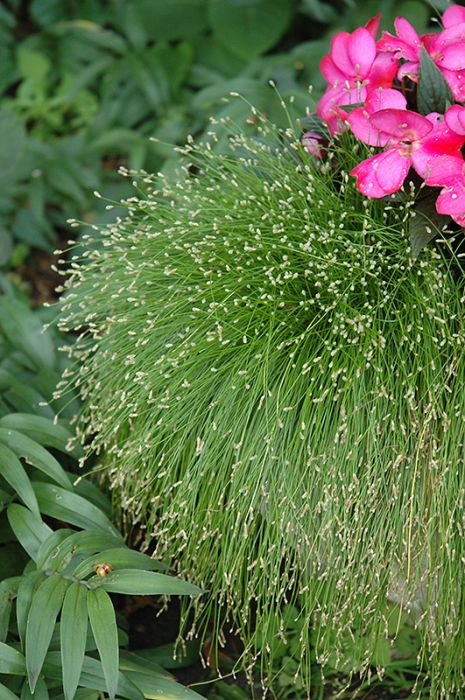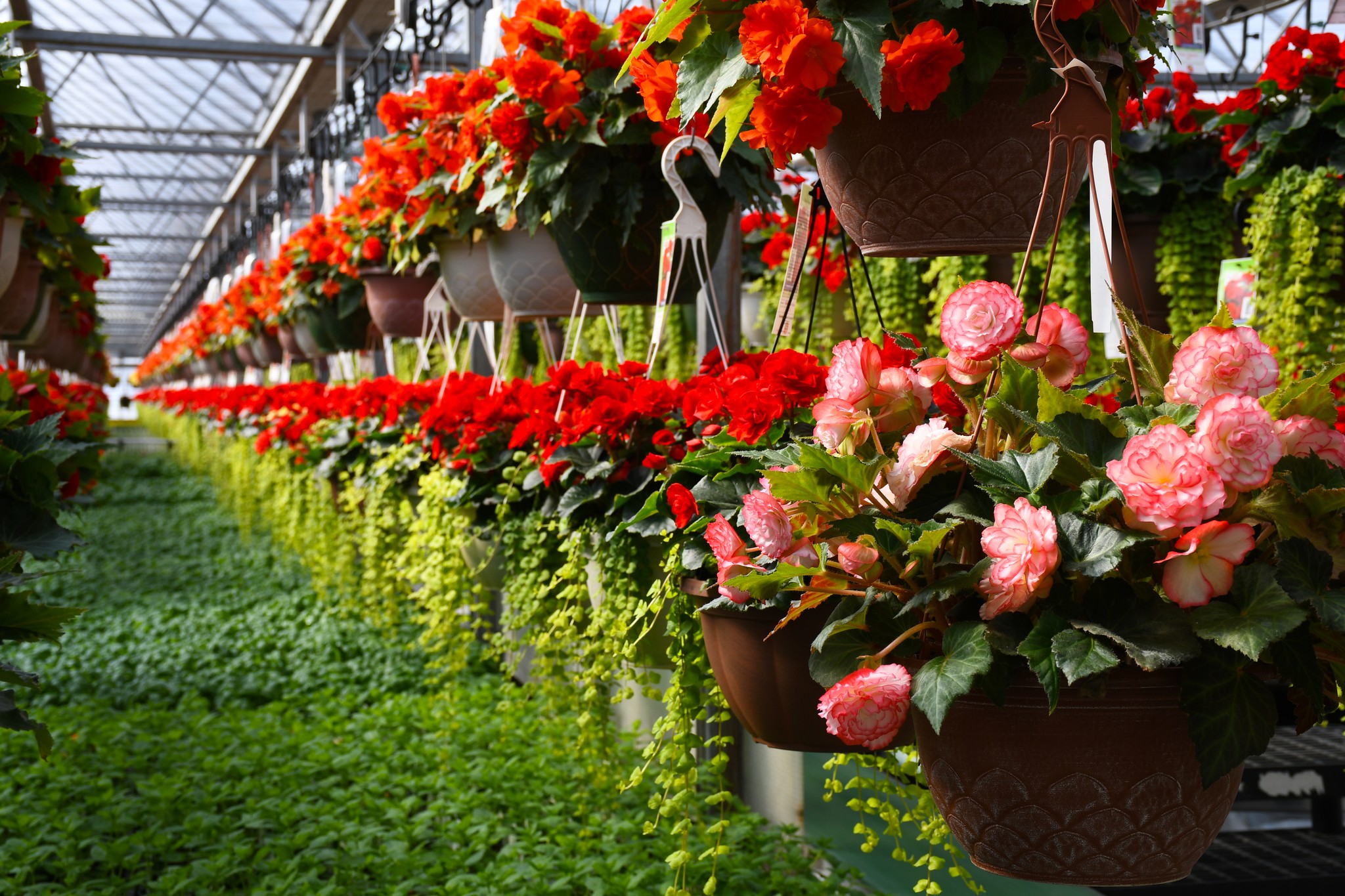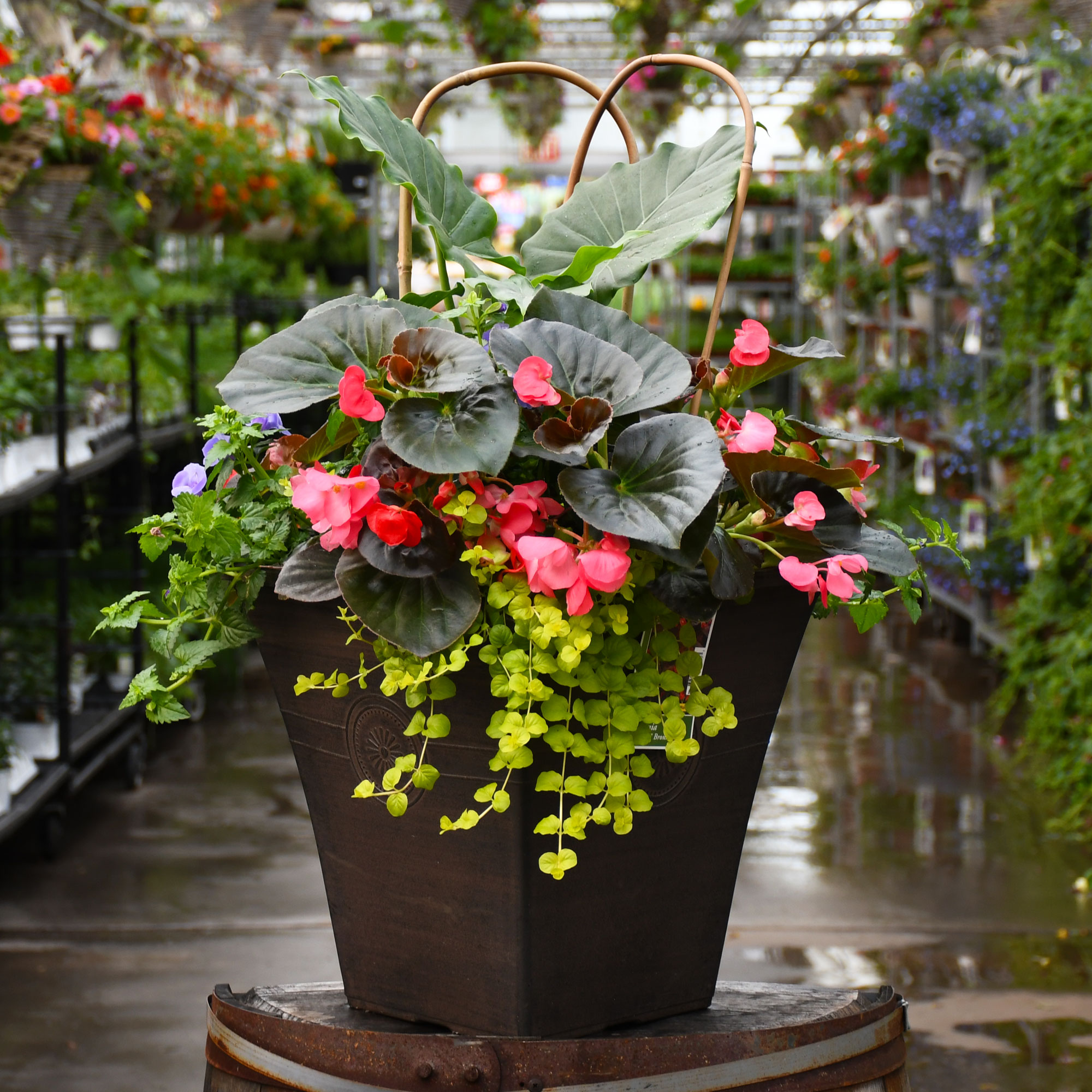Isolepis, Fiber Optic Grass



- Sun Preference
- Full-Sun, Part-Sun
Description
This interesting plant looks like a rush, but it is a sedge! A beautiful mounded form with tiny silver flowers on the end resembling fiber optics, great for the perpetually wet or boggy area, it provides an interesting fine texture
Fiber Optic Grass grows best in full sun to partial sun.
This annual plant will grow to be 10 to 14 inches high, and will spread approximately 10 to 14 inches when fully matured.
Direct from the Grower
When you see the Gerten Grown logo on our annuals, you know you're getting a fresh plant directly from our greenhouse. We've been perfecting our growing process for over four generations and pride ourselves on providing local quality and freshness to our customers. Better pricing on better quality plant material, that's Gerten Grown.
Details
Height: 12 inches
Spacing: 15 inches
Sunlight: ![]()
![]()
Hardiness Zone: 8b
Other Names: Live Wire Grass
Description:
This interesting plant lookes like a rush but it is a sedge, a beautiful mounded form with tiny silver flowers on the end resembling fiber optics, great for the perpetually wet or boggy area, it provides an interesting fine texture
Ornamental Features
Fiber Optic Grass is covered in stunning silver pea-like flowers at the ends of the stems from early summer to mid fall. Its tiny threadlike leaves emerge light green in spring, turning green in color throughout the season. The fruit is not ornamentally significant.
Landscape Attributes
Fiber Optic Grass is an herbaceous perennial grass with a shapely form and gracefully arching stems. It brings an extremely fine and delicate texture to the garden composition and should be used to full effect.
This is a relatively low maintenance plant, and should be cut back in late fall in preparation for winter. It has no significant negative characteristics.
Fiber Optic Grass is recommended for the following landscape applications;
- Mass Planting
- Border Edging
- General Garden Use
- Container Planting
- Bog Gardens
Planting & Growing
Fiber Optic Grass will grow to be about 12 inches tall at maturity, with a spread of 18 inches. When grown in masses or used as a bedding plant, individual plants should be spaced approximately 15 inches apart. It grows at a medium rate, and under ideal conditions can be expected to live for approximately 4 years.
This plant does best in full sun to partial shade. It prefers to grow in moist to wet soil, and will even tolerate some standing water. It is not particular as to soil type or pH. It is somewhat tolerant of urban pollution. This species is not originally from North America. It can be propagated by division.
Fiber Optic Grass is a fine choice for the garden, but it is also a good selection for planting in outdoor pots and containers. It is often used as a 'filler' in the 'spiller-thriller-filler' container combination, providing a mass of flowers against which the thriller plants stand out. Note that when growing plants in outdoor containers and baskets, they may require more frequent waterings than they would in the yard or garden.
More Information
| Gerten Grown Plants | Gerten Grown Plants |
|---|---|
| Common Family Name | Grass |
| Sun Preference | Full-Sun, Part-Sun |
| Plant Life Cycle | Annual |
| Mature Height (Range) | 7-12" |
| Mature Spread (Range) | 12" - 24" |


